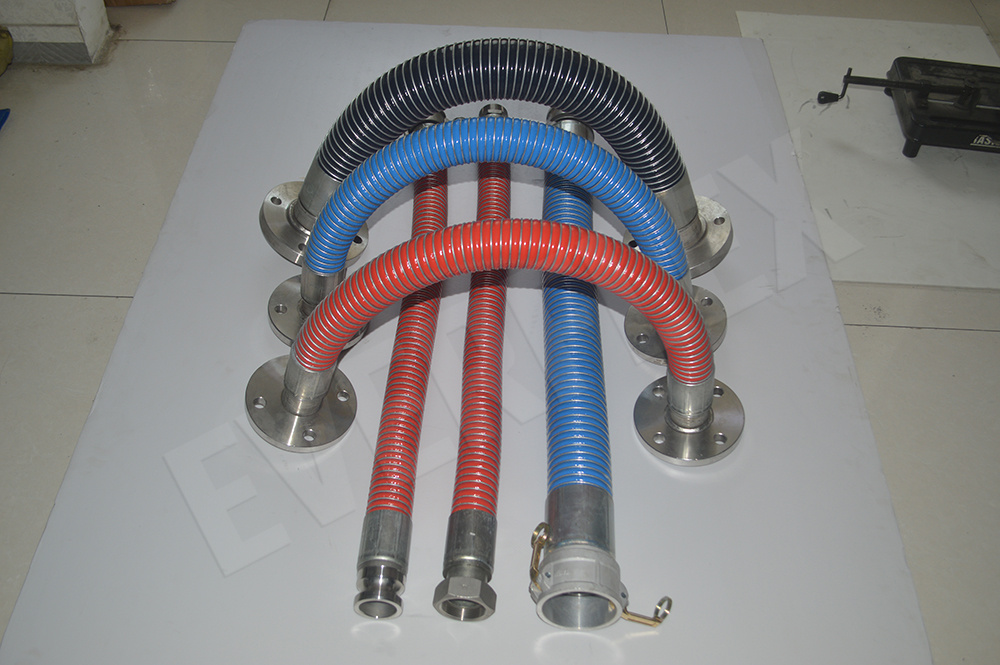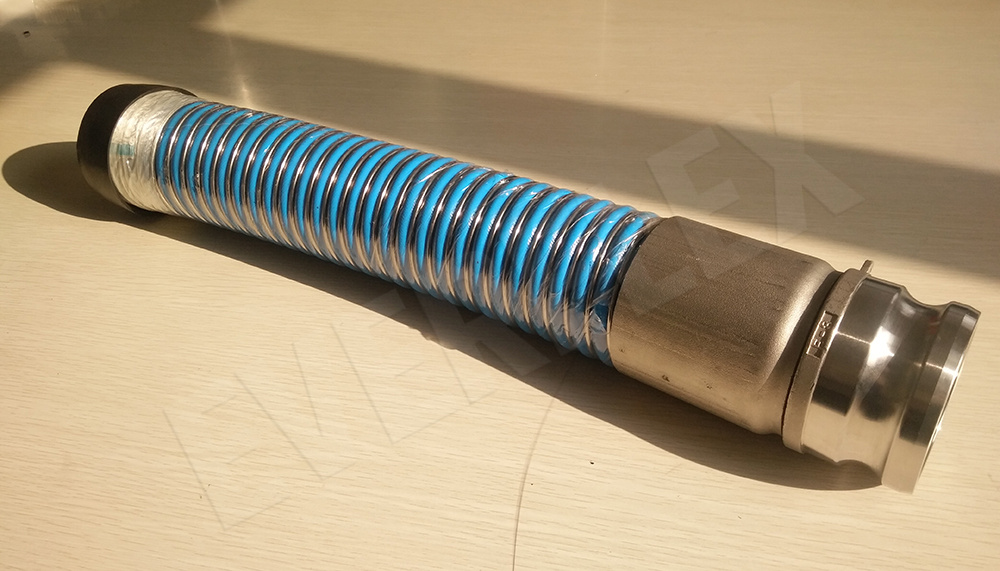The environmental protection of composite hoses is not only the treatment of packaging waste, but also includes the pollution of the environment and the resources consumed in the production process.
The introduction of composite hoses and all-plastic PE composite hoses uses economical and easy-to-recycle sheets to a large extent in production. When the composite hose adopts other high-barrier materials such as ethylene vinyl alcohol copolymer, instead of aluminum foil, the composite hose can be recycled and is conducive to biodegradation.
The performance advantages of composite hoses The use of chemical hoses, chemical hoses are mainly hoses used in the chemical industry, not only are there many kinds of materials, but also have a wide range of applications. Therefore, it is gradually accepted and used by people.

The composite hose is mainly made of new materials, new processes and new technologies. It has obvious advantages over other traditional rubber hoses and metal hoses by combining loose winding and polymer membrane sealing.
Compared with the rubber hose of the same specification, the composite hose is lighter than the rubber hose even under the same conditions of use. And it is very suitable for use in places with large mobile space. Such as loading and unloading oil tankers and oil tankers and other places. The composite hose has very good properties because it is mainly made of synthetic resin fibers as the main material.
Therefore, it has good performance in acid and alkaline liquids, has very good performance, and has advantages compared with other hoses.

Lightweight composite hoses are lightweight, 40% lighter than comparable rubber hoses and 30% lighter than metal hoses. The labor intensity of the laborer is reduced, the operation is convenient, and the work efficiency is improved.
It has good flexibility, bends freely, and is not limited by the working space. It can still work normally under a small radius of gyration. At the bending part, the tube always maintains a circular shape, and phenomena such as folding, falling off of the inner wall and breaking of the tube body will occur.
The high working pressure of the light composite hose can reach 4.0MPa, and the negative pressure can reach 0.1MPa. Therefore, it has good resistance to positive and negative pressure. Good temperature resistance. The operating temperature is -30℃-120℃. There will be no hardening or softening of the tube body due to changes in climate or operating temperature.

And light composite soft has good oil resistance, chemical corrosion resistance. It is widely used in conveying crude oil, fuel oil, food oil, chemical solvent and liquefied petroleum gas. Has a good electrostatic export function.
Oil transportation composite hose is mainly composed of inner steel wire, reinforced braided layer, sealing layer, outer reinforcement layer and outer steel wire. It can transport fluid media such as mud and normal temperature water, and the oil delivery hose also has good chemical resistance. Frequent bending will not crack and delaminate, suitable for oil, chemical transportation ships, docks, etc.
Under the same conditions of pressure resistance, the oil delivery composite hose is better than the rubber hose of the same specification. It can still work normally under a small radius of gyration, and its bending parts are always round, and will never fold, fall off the inner wall, block and break the tube.

Due to the use of laminated galvanized sheet structure, it has good pressure resistance. It is mainly used in petroleum exploration, petroleum refining, live oil treatment, petrochemical storage, storage of animal and vegetable oils, shipbuilding industry, oil port terminals, aviation fuel oil for petroleum products, etc. It is a popular new pipeline in the petrochemical industry.




